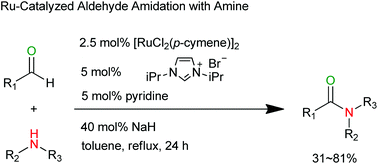16 Jul 07:16
by Bixue Xu, Luca Unione, Joao Sardinha, Shaoping Wu, Mélanie Ethève-Quelquejeu, Amelia Pilar Rauter, Yves Blériot, Yongmin Zhang, Sonsoles Martín-Santamaría, Dolores Díaz, Jesus Jiménez-Barbero, Matthieu Sollogoub
Abstract
Molecular mimicry is an essential part of the development of drugs and molecular probes. In the chemical glycobiology field, although many glycomimetics have been developed in the past years, it has been considered that many failures in their use are related to the lack of the anomeric effects in these analogues. Additionally, the origin of the anomeric effects is still the subject of virulent scientific debates. Herein, by combining chemical synthesis, NMR methods, and theoretical calculations, we show that it is possible to restore the anomeric effect for an acetal when replacing one of the oxygen atoms by a CF2 group. This result provides key findings in chemical sciences. On the one hand, it strongly suggests the key relevance of the stereoelectronic component of the anomeric effect. On the other hand, the CF2 analogue adopts the natural glycoside conformation, which might provide new avenues for sugar-based drug design.

Taking effect: The combination of chemical synthesis, NMR methods, and calculations show that it is possible to restore the anomeric effect for an acetal when replacing one of the oxygen atoms by a CF2 group. This result provides key findings as it strongly suggests the importance of the stereoelectronic component for the anomeric effect, and may open new avenues for sugar-based drug design.
22 Dec 12:38
by Yigang Zhao and Victor Snieckus

Organic Letters
DOI: 10.1021/ol403183a



